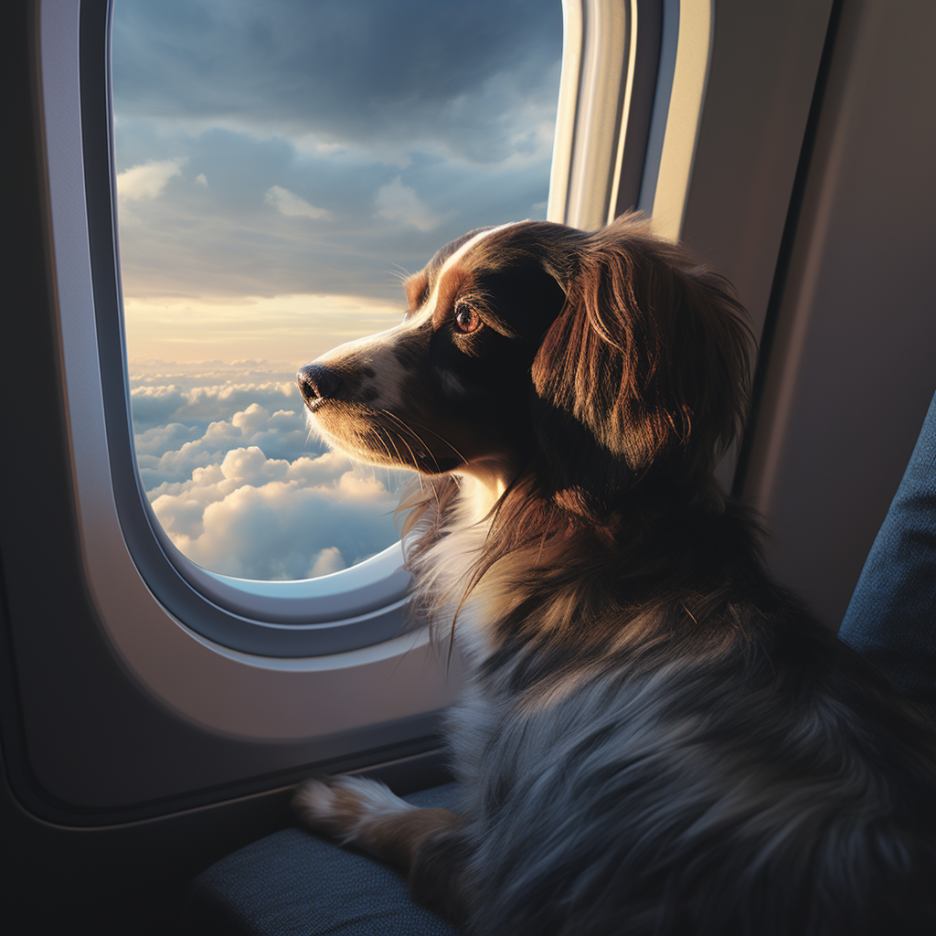
Recent amendments to the Air Carrier Access Act have altered the regulations for Emotional Support Animals (ESAs) on domestic flights within the United States. Unlike before, ESAs are no longer allowed to fly free of charge. Airlines now have the authority to impose charges for carrying ESAs and subject them to standard pet rules. It’s important to note that service dogs, including psychiatric service dogs, still retain their privileges and can continue to fly for free.
Can Emotional Support Animals Fly On Airplanes? | Can Psychiatric Service Dogs Fly On Airplanes? | Other Federal Pet Restrictions On Airlines
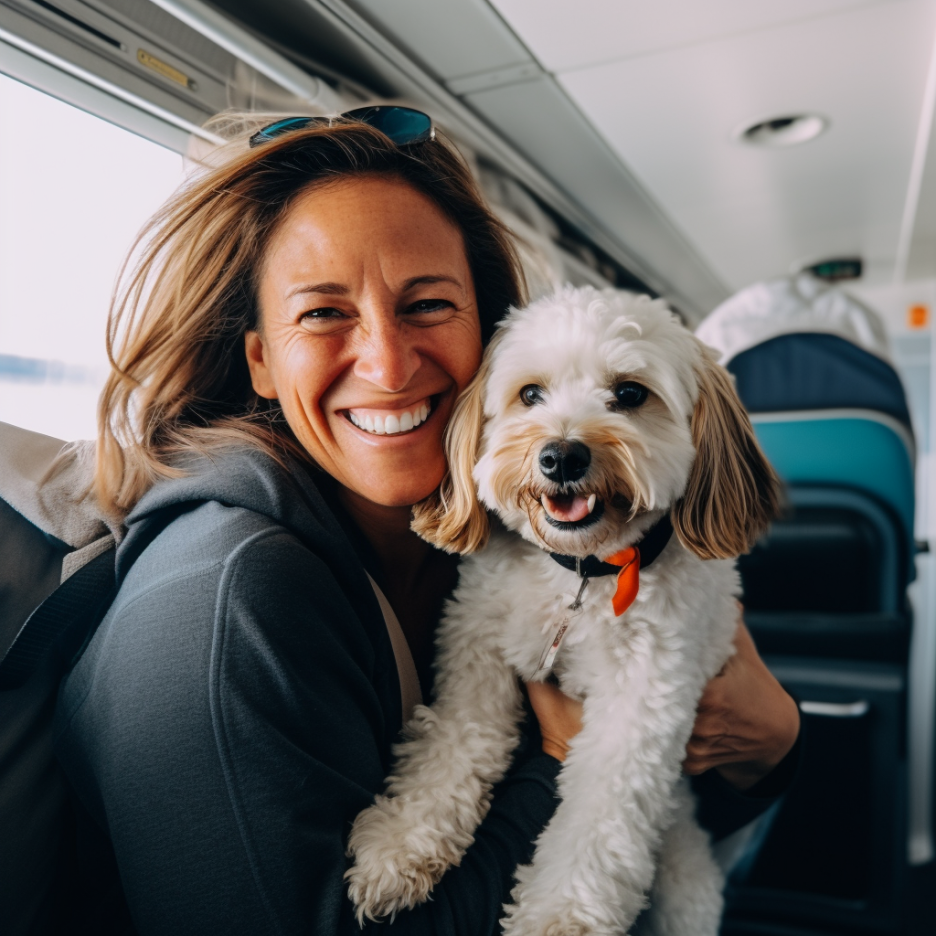
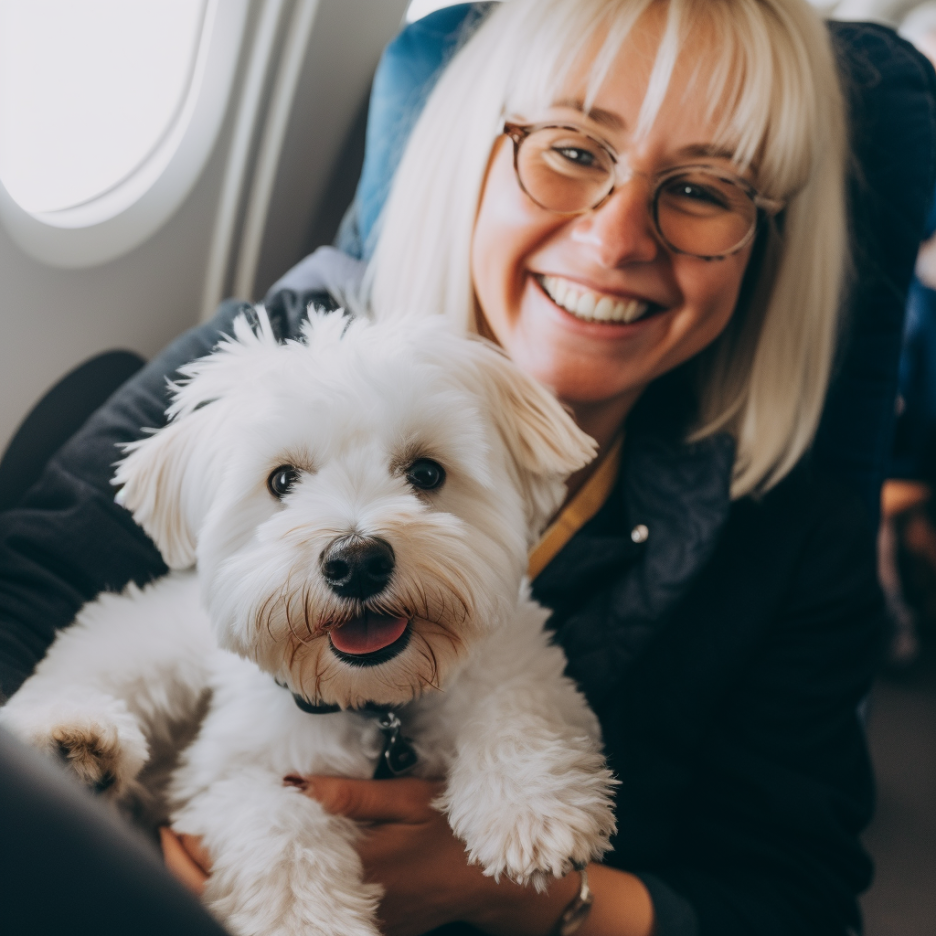
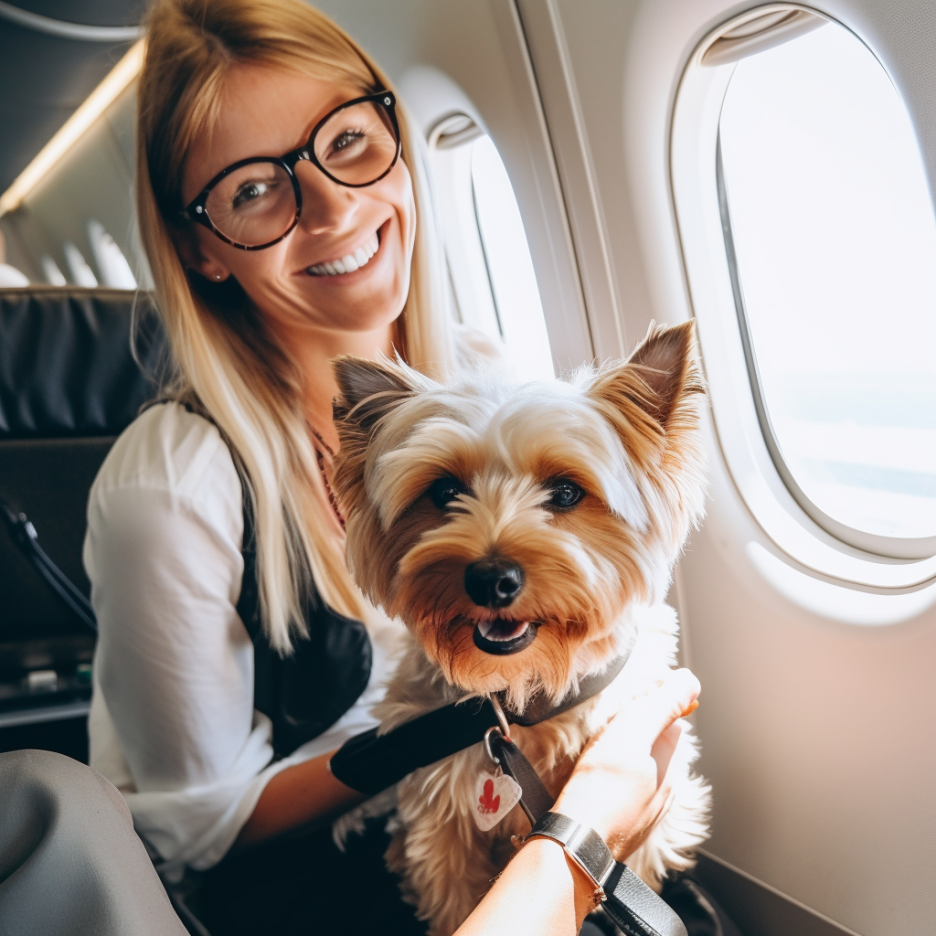
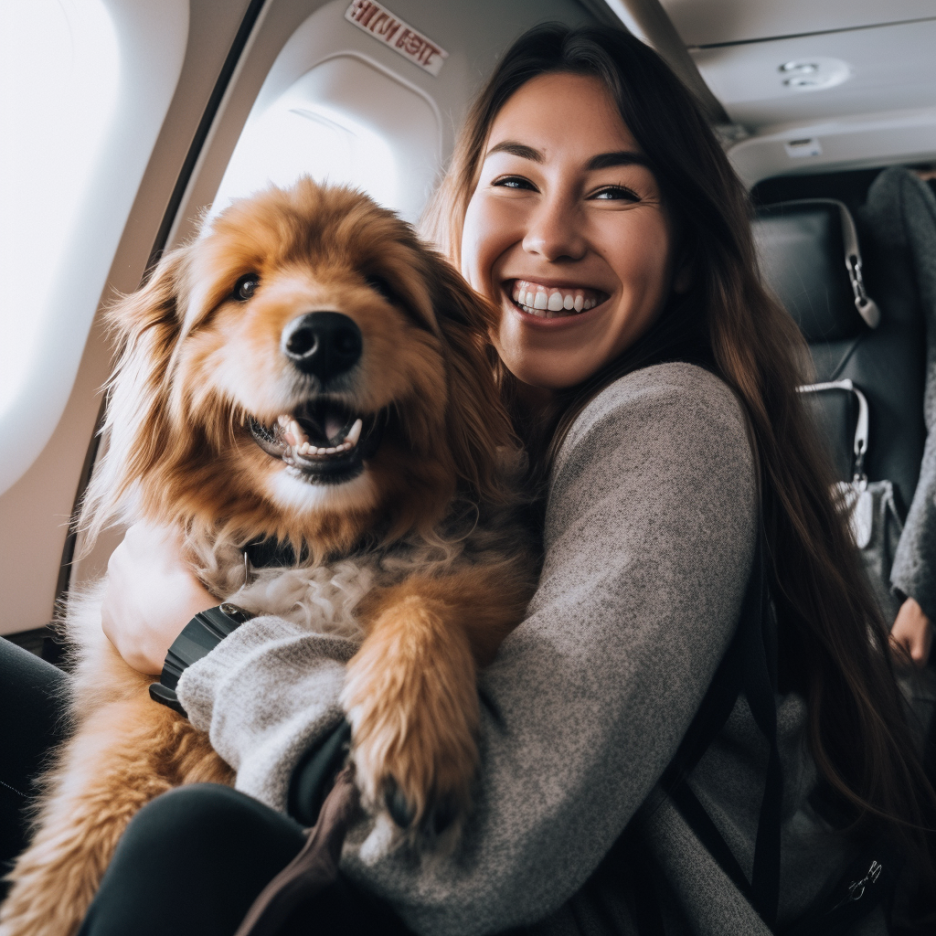
The Air Carrier Access Act (ACAA) stands as a federal law established by the Department of Transportation (DOT). Its primary objective is to “prohibit discrimination based on disability in air travel.” Consequently, airlines are obliged to accept service animals, provided these animals are well-behaved and do not pose a threat to other passengers or flight safety.
Under this act, service animals and psychiatric service animals are protected, and handlers are not required to pay additional fees or subject their animals to travel in the hold during flights.
In 2021, significant changes were made to the ACAA concerning Emotional Support Animals (ESAs). The DOT revoked previous regulations that safeguarded the rights of those flying with ESAs. Consequently, many airlines ceased allowing ESAs to travel in the cabin if they exceeded specific size restrictions or demanded owners to pay standard pet fees.
Under this revised law, airlines have the discretion to permit or deny ESAs. Unfortunately, numerous domestic airlines in the US have chosen not to allow them, subjecting ESAs to the same regulations and fees as regular pets.
For those wondering which airlines still accommodate Emotional Support Animals, there are some exceptions. Certain airlines permit ESAs if they meet specific weight and size guidelines. These ESA-friendly airlines include LATAM Airlines, Volaris, Aeromexico, and Copa Airlines. However, it’s essential to note that ESAs are typically restricted to flights within South or Central America. Therefore, if you travel on these airlines to or from the United States, your ESA will be subject to standard pet fees and rules.
When traveling with an Emotional Support Animal, several crucial factors need consideration. Always check with the airline regarding their specific policy. ESA-friendly airlines should accept your animal as an assistance aid without additional charges. It’s important to verify whether the specific species is allowed in the cabin as a ‘carry-on’ or if they need to travel in the hold as ‘cargo.’
Additionally:
Furthermore, it’s advisable to select pet-friendly accommodations and bring your ESA letter, issued by a licensed mental health professional. While an ESA letter might not guarantee absolute protection, it can facilitate smoother interactions and underline the legitimacy of your claim during travel.
An ESA letter, composed by a licensed mental health professional (LMHP) like a psychiatrist, psychologist, social worker, counselor, or psychiatric nurse, is a powerful tool to validate your emotional support animal. When you collaborate with Pettable, we’ll coordinate a consultation with a licensed practitioner in your state.
While an ESA letter may not provide complete assurance, particularly with airlines that aren’t ESA-friendly, it can facilitate smoother interactions and underscore the authenticity of your claim.
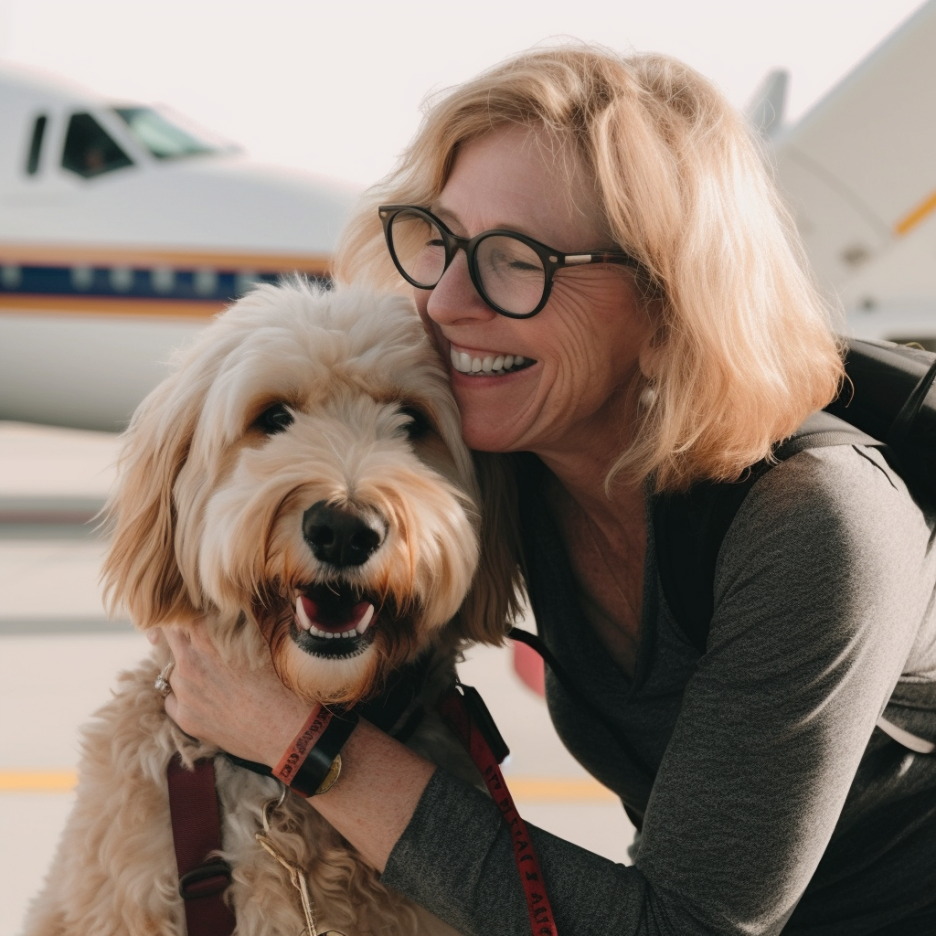
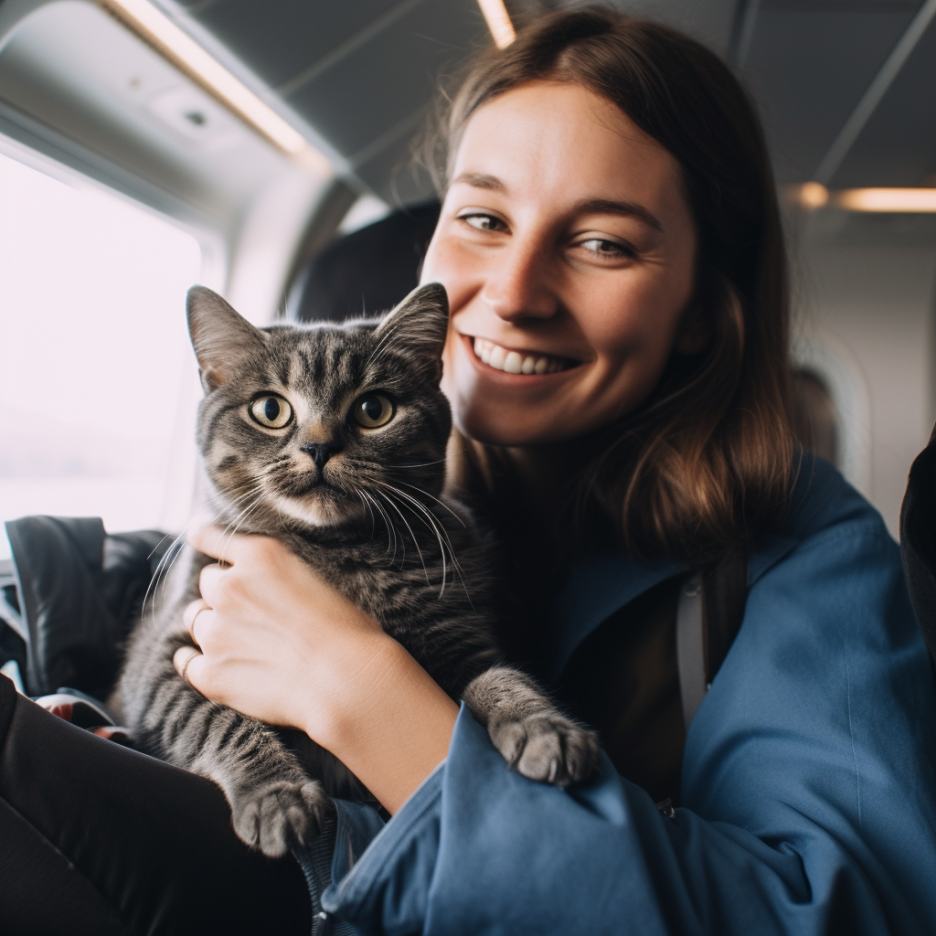
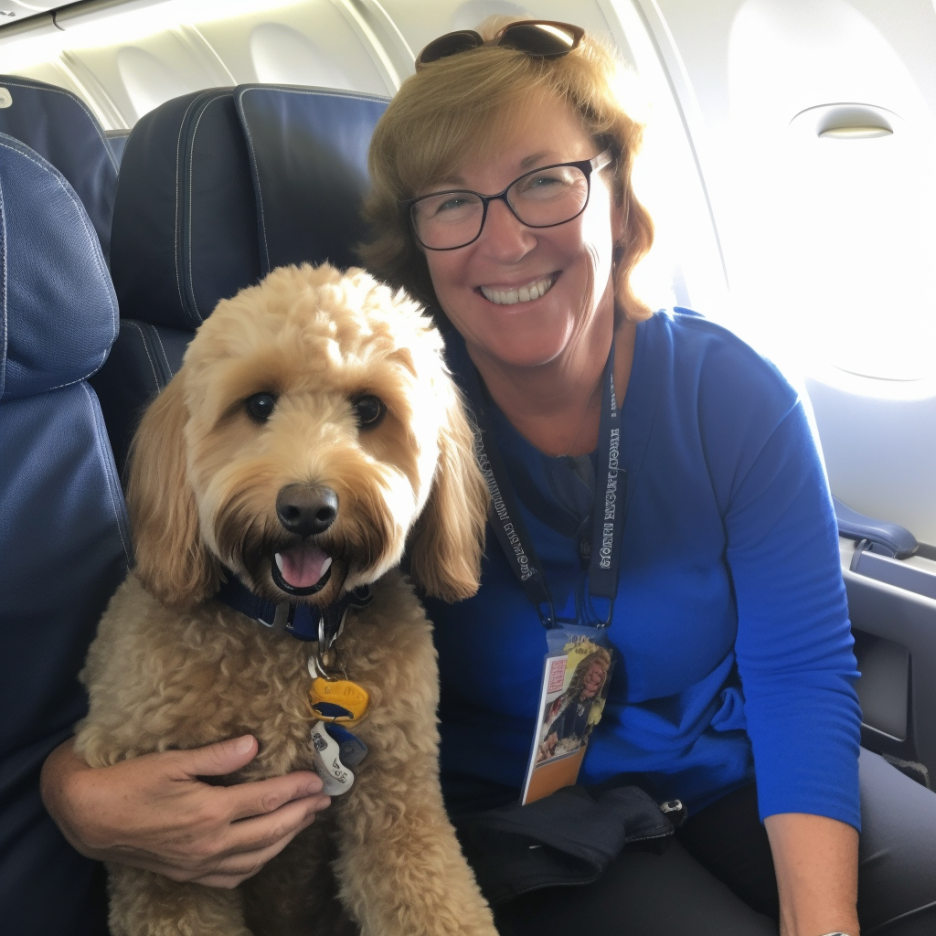
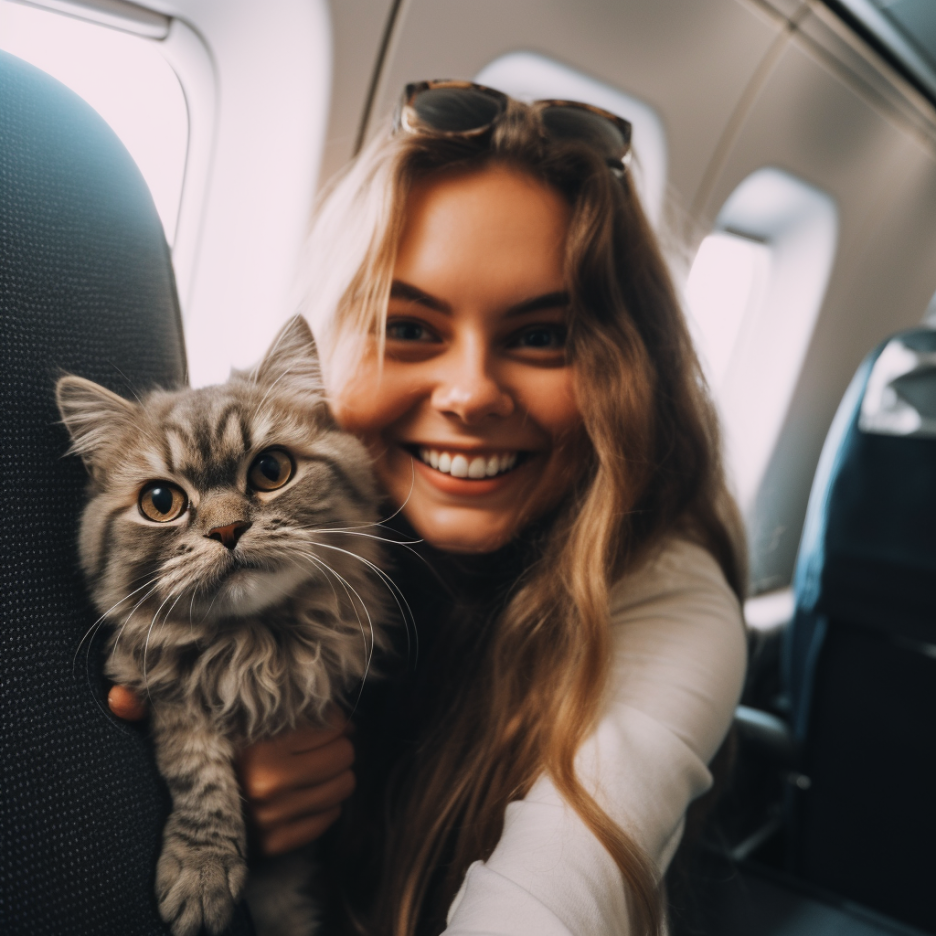
Yes, Psychiatric Service Dogs (PSDs) are allowed to fly on airplanes under the Department of Transportation’s protection. Service animals, including PSDs, are still safeguarded by federal law and can travel free of charge and in the cabin with their handlers. The 2021 amendment excluded only Emotional Support Animals (ESAs) from these travel protections. DOT defines service animals as:
A dog that is individually trained to do work or perform tasks for the benefit of a person with a disability.
Service dogs can travel with their owners for free on domestic airlines. Airlines cannot restrict service dogs based on breed or size, although some may specify that pet animals must fit on the handler’s lap or in the foot space below the seat. If a service dog is too large, the airline must make reasonable accommodations, such as offering bulkhead seating or an open row.
Handlers can travel with up to two service dogs who provide different disability-related functions, as per DOT regulations.
When traveling with your PSD, it’s crucial to ensure a safe and comfortable flight for everyone, including your service animal. Here are some guidelines to follow:
Ensure your service animal is thoroughly trained and well-behaved in public spaces. They should be toilet trained and exhibit calm behavior around people and other animals. Special service dog harnesses, leashes, and badges can help signal their working status.
Inform the airline about your intention to travel with a service animal when booking your flight. Inquire about any necessary paperwork that needs to be filled out.
Complete the Service Animal Air Transportation Form, providing essential details about the animal’s behavior, specialized training, health records (including vaccinations), and handler information. This form is typically due 48 hours before the flight, but check with the airline, as some might require earlier submission.
Can Psychiatric Service Dogs Fly On Airplanes?
Yes, Psychiatric Service Dogs (PSDs) are allowed to fly on airplanes under the Department of Transportation’s protection. Service animals, including PSDs, are still safeguarded by federal law and can travel free of charge and in the cabin with their handlers. The 2021 amendment excluded only Emotional Support Animals (ESAs) from these travel protections. DOT defines service animals as:
A dog that is individually trained to do work or perform tasks for the benefit of a person with a disability.
Service Dogs Under the Air Carrier Access Act
Service dogs can travel with their owners for free on domestic airlines. Airlines cannot restrict service dogs based on breed or size, although some may specify that pet animals must fit on the handler’s lap or in the foot space below the seat. If a service dog is too large, the airline must make reasonable accommodations, such as offering bulkhead seating or an open row.
Handlers can travel with up to two service dogs who provide different disability-related functions, as per DOT regulations.
Requirements for Flying with a Psychiatric Service Dog
When traveling with your PSD, it’s crucial to ensure a safe and comfortable flight for everyone, including your service animal. Here are some guidelines to follow:
Fully Train Your Psychiatric Service Dog: Ensure your service animal is thoroughly trained and well-behaved in public spaces. They should be toilet trained and exhibit calm behavior around people and other animals. Special service dog harnesses, leashes, and badges can help signal their working status.
Notify Your Airline: Inform the airline about your intention to travel with a service animal when booking your flight. Inquire about any necessary paperwork that needs to be filled out.
Fill out the DOT Service Animal Air Transportation Form: Complete the Service Animal Air Transportation Form, providing essential details about the animal’s behavior, specialized training, health records (including vaccinations), and handler information. This form is typically due 48 hours before the flight, but check with the airline, as some might require earlier submission.
Service Animal Relief Attestation Form (For Flights Longer Than 8 Hours): For flights exceeding 8 hours, handlers must fill out the Service Animal Relief Attestation Form. This form ensures that the animal will not need to relieve itself during the flight or, if necessary, outlines how it will not cause sanitation or health issues (e.g., through the use of a special doggy diaper).
For flights exceeding 8 hours, handlers must fill out the Service Animal Relief Attestation Form. This form ensures that the animal will not need to relieve itself during the flight or, if necessary, outlines how it will not cause sanitation or health issues (e.g., through the use of a special doggy diaper).
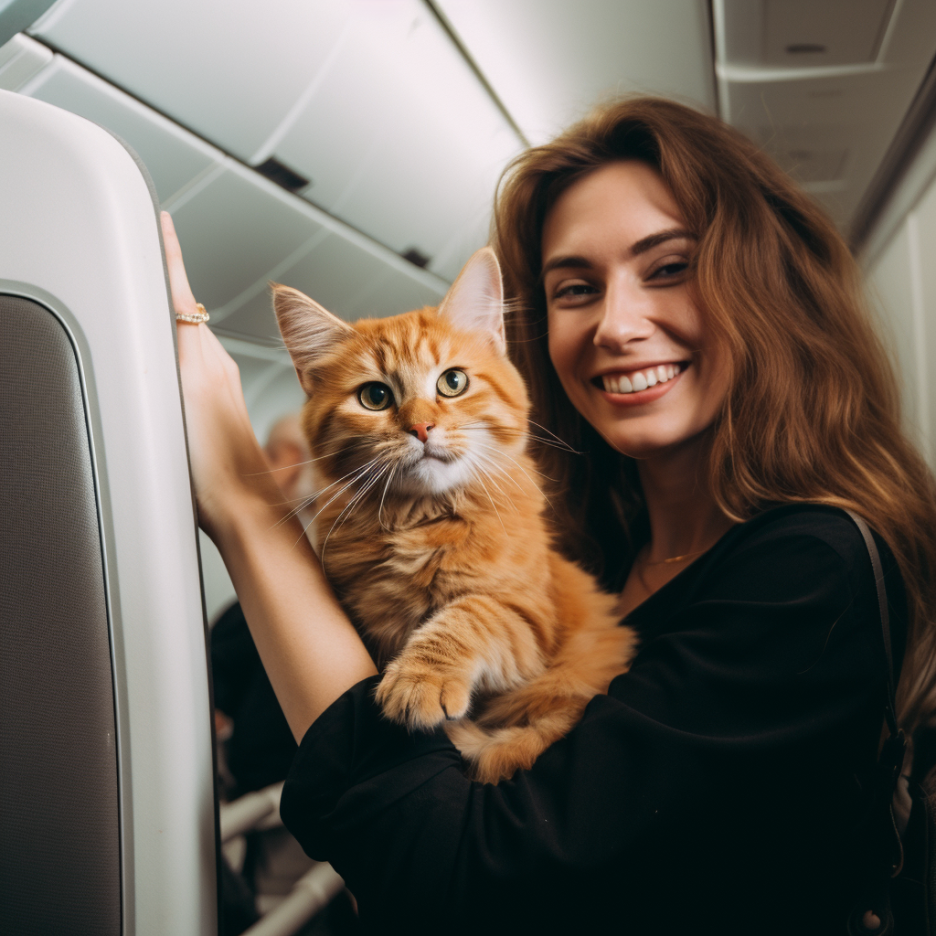
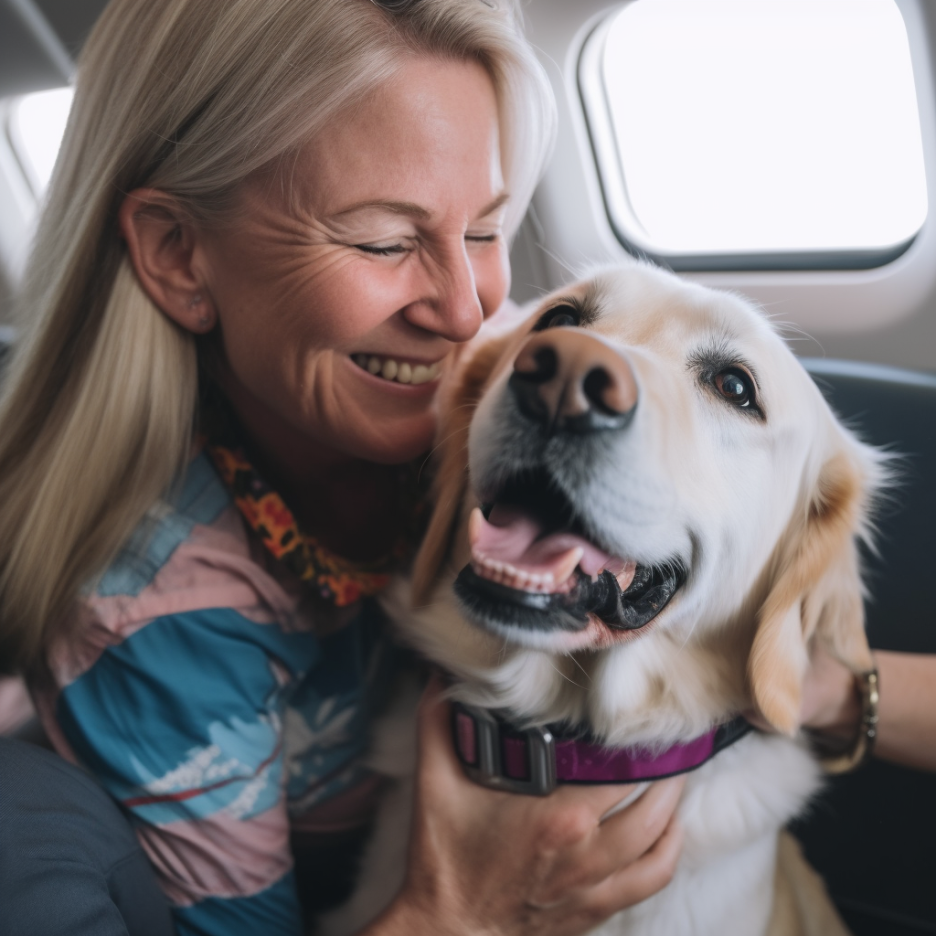
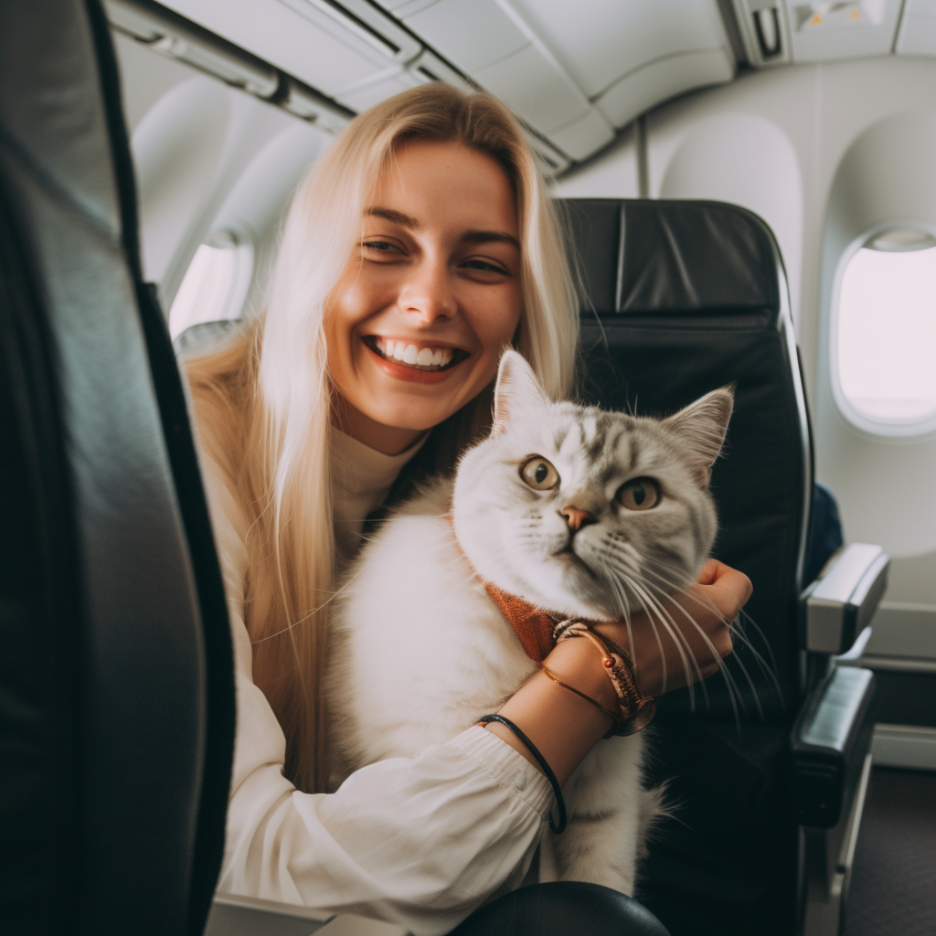
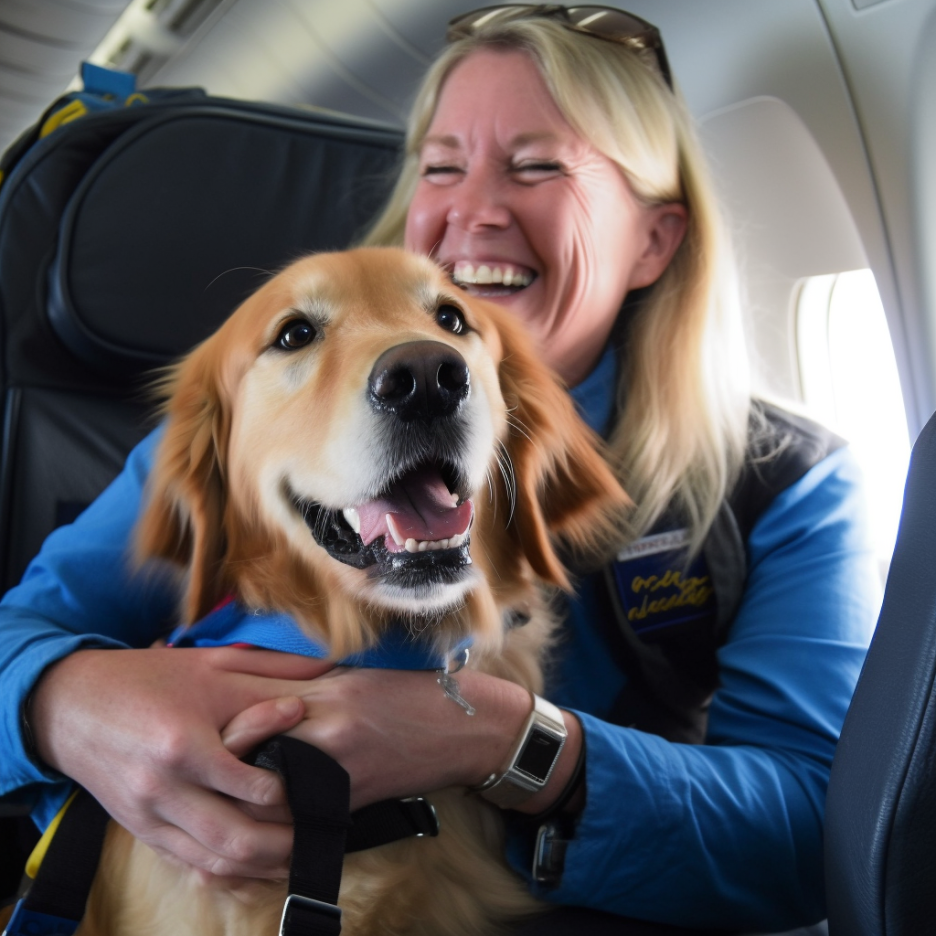
All animals traveling on flights, including service animals, Emotional Support Animals (ESAs), and regular pets, must exhibit good behavior and be well-trained. Disruptive behaviors like barking, lunging, growling, howling, or whining are not permitted. Pet owners are responsible for any damage caused to the cabin by their animals.
The Federal Aviation Administration (FAA) permits airlines to decide whether pet animals can be in cabins or must be placed in the hold. Service animals, as previously discussed, are always allowed in the cabin with their handlers.
According to the FAA, pets are classified as ‘carry-on’ items, and specific rules apply:
Different airlines have varying policies for ESAs and pets, including:
While all airlines permit service animals as per DOT regulations, fees and policies differ for regular pets and ESAs. Most airlines charge around $125 each way for pets on domestic flights, but these fees are subject to change.
Delta Airlines: Pets can travel in the cabin if they fit into a ventilated carrier under the seat. Pets must be over 10 weeks old, and carrier dimensions should not exceed 18” x 11” x 11”.
United Airlines: There are no breed or weight restrictions, but pets must fit in a carrier under the seat. Carrier length should not exceed 17.5 inches. Only service animals can travel without a carrier.
Southwest Airlines: Small pet cats and dogs are allowed if they are in a carrier under the seat in front of their owner.
American Airlines: Only cats and dogs are allowed in the cabin. They must be in an approved pet carrier that fits under the seat. Soft-sided kennels with ventilation are recommended.
JetBlue: Pets must be in FAA-approved carriers and fit under the seat in front of the passenger.
